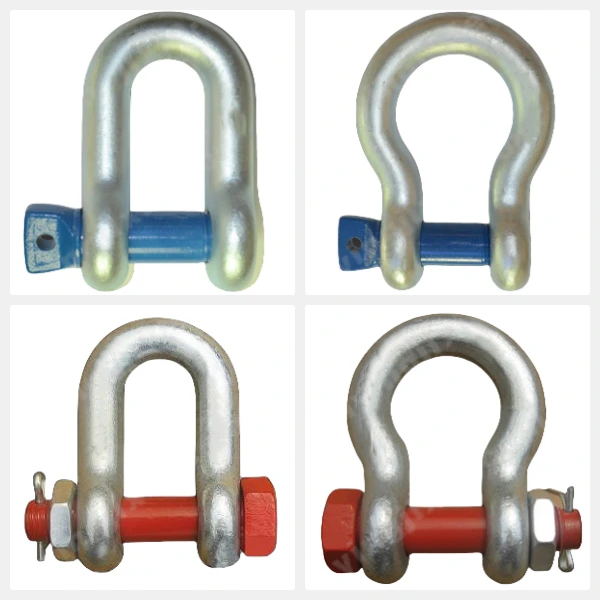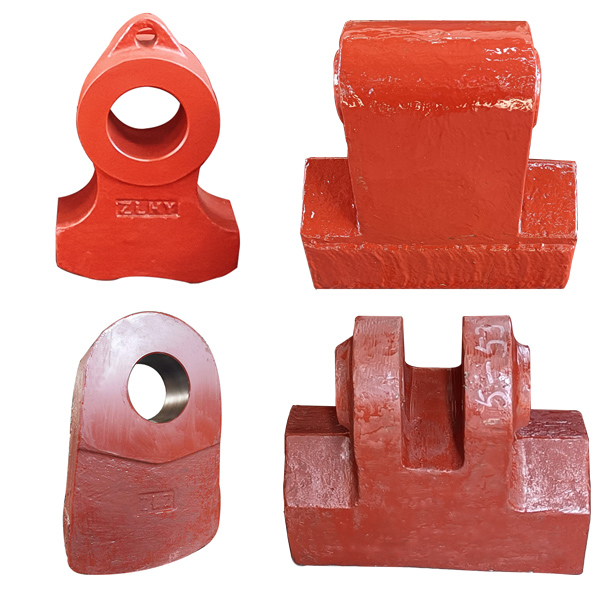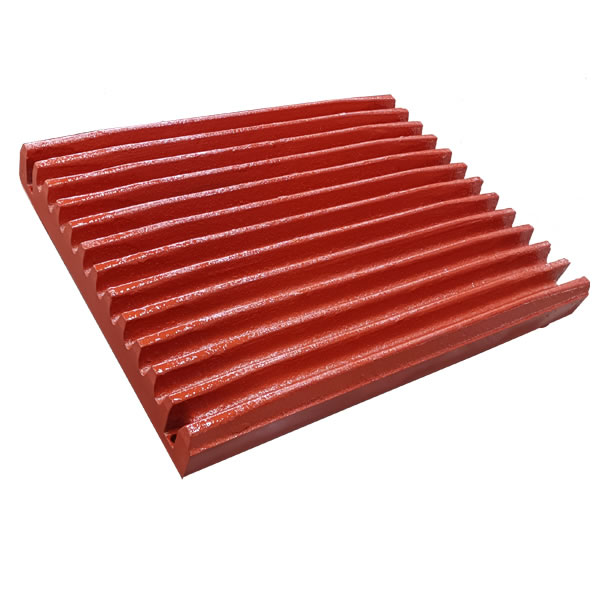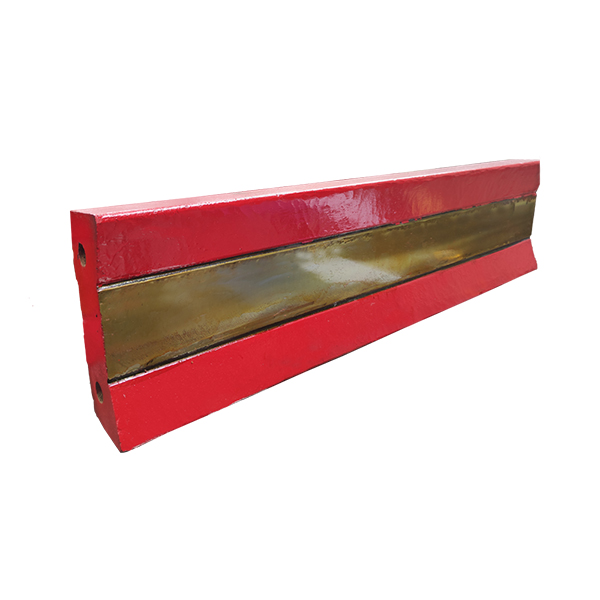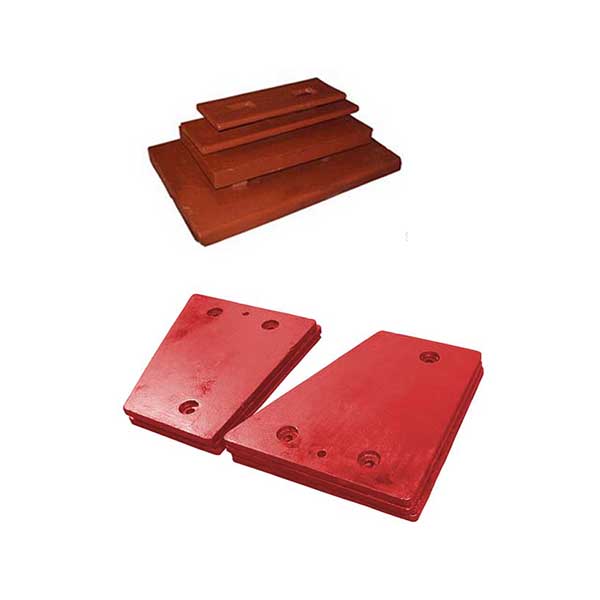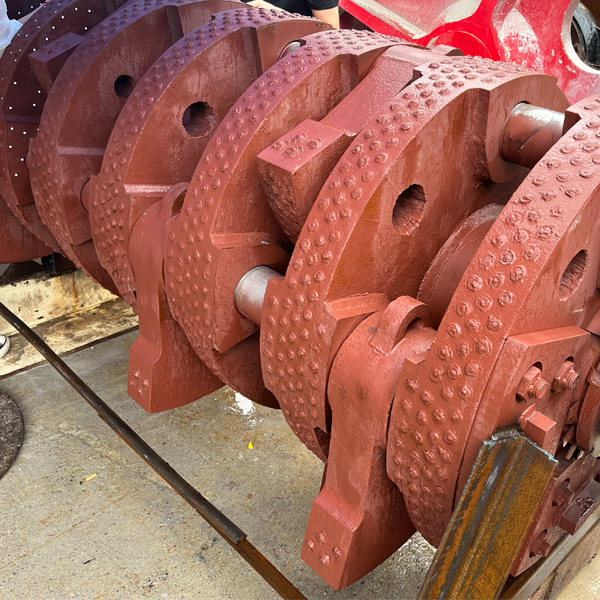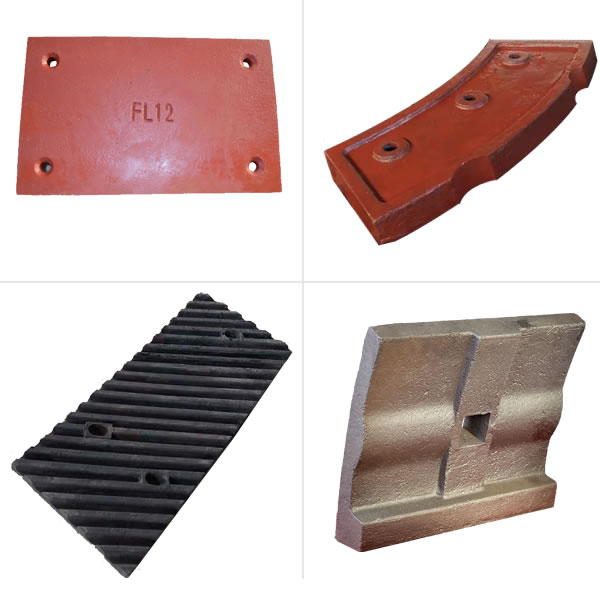Shackles, also known as snap rings, are commonly used slings and play an important role in lifting operations. They are used in conjunction with rigging such as wire ropes and are easy to install. Although the shackle is small in size, it can carry a large amount of weight. There are many types of shackles at present, such as carbon steel shackles, alloy steel shackles, stainless steel shackles, etc. They are widely used in many industries such as petroleum, electricity, machinery, railways, chemicals, ports, and construction.
1. Classification of shackles
Shackles are divided into straight and oval shapes according to their appearance.
Shackles are divided into pin type and bolt type according to the form of the movable pin. The bolt type is commonly used.
2. Safety requirements for the use of shackles
(1) Shackles must be forged. Cast and repaired shackles cannot be used.
(2) When using, the load must not exceed the specified load. The pin and the buckle top should be stressed, and the buckle body cannot be stressed horizontally. Horizontal use will cause the buckle body to deform.
(3) When lifting, use shackles for binding. When lifting objects, the buckle should be placed on top and the pin on the bottom, so that the rope buckle is pressed against the pin after being stressed. The pin generates friction in the pin hole due to the stress, making it difficult for the pin to fall out.
(4) Shackles should not be thrown down from a high place to prevent the shackle from falling to the ground, causing deformation, damage and cracks inside.
3. Scrap of shackles
Shackles should be scrapped if any of the following conditions occur:
(1) Cracks occur at any part of the shackle.
(2) The cross-sectional wear of any part of the buckle body and the shaft pin exceeds 10% of the original size.
(3) There is obvious permanent deformation or the shaft pin cannot rotate freely.
(4) The bolt is broken or slips.
(5) The shackle cannot be locked.
If cracks occur in the shackle during use, it is likely to cause an accident. In order to avoid wear and deformation of the shackle, it is not allowed to be subjected to lateral tension during use, and the shaft pin must be properly inserted with a safety pin. When installing the shackle parts, you must strictly follow the correct installation steps and methods to avoid wear of the shackle due to improper installation, and it is forbidden to overload. Before using the shackle, you must carefully check it and scrap it in time when it reaches the scrap standard. After use, you must clean it in time and apply anti-rust grease, and store it in a dry environment for the next use.
